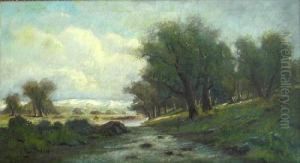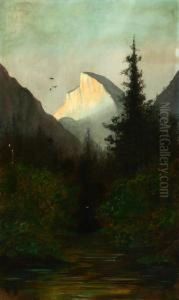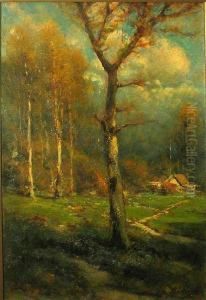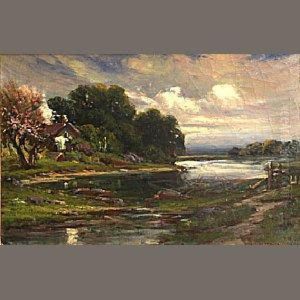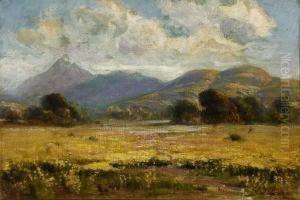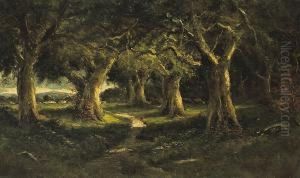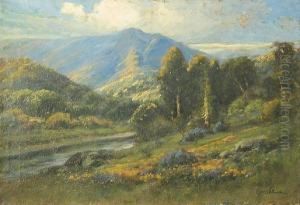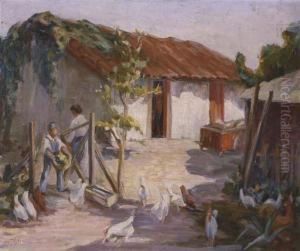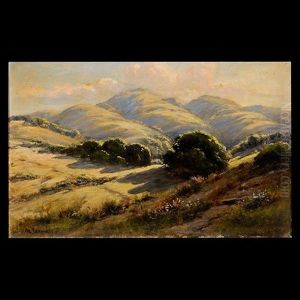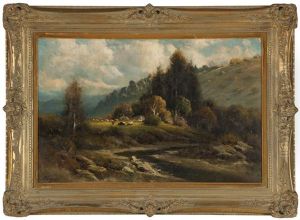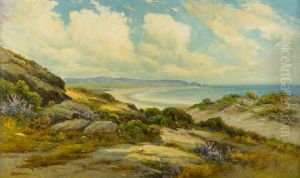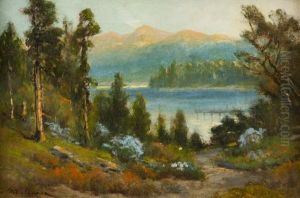Manuel Valencia Paintings
Manuel Valencia was an American landscape painter and photographer, known for his paintings of the California landscape and missions. Born on February 28, 1856, in Marin County, California, Valencia was a descendant of a Spanish Californio family, which had a rich history in the region dating back to the early Spanish colonial period. His artistic talent emerged early in life, and he pursued his interest in art by studying with the renowned San Francisco painter Virgil Williams at the School of Design in San Francisco.
During his career, Valencia became known for his romantic depictions of the California missions, which were part of a larger cultural revival of interest in the state's Spanish colonial past. His works often featured the architecture and natural surroundings of the missions, capturing them in a nostalgic light that resonated with audiences of the time. Valencia's paintings were characterized by their vivid coloration and attention to detail, which provided a visual record of these historic sites before many of them were restored in the 20th century.
In addition to his paintings, Valencia was also an accomplished photographer. He worked for a time with Isaiah West Taber, a well-known photographer in San Francisco. This experience with photography influenced his artistic vision and provided him with additional skills to capture the landscapes and architecture of California.
Valencia's work was exhibited at various venues, including the San Francisco Art Association and the Mechanics' Institute Fair in San Francisco. Despite the popularity of his mission paintings, Valencia was also adept at capturing other aspects of the California landscape, including its rolling hills, coastal scenes, and burgeoning settlements.
Manuel Valencia's contributions to California art were part of a broader movement of regional painting that sought to capture the unique qualities of the American West. His work has since been recognized for its historical value and artistic merit. Valencia continued to paint and photograph until his death on January 23, 1935, in Oakland, California. His legacy lives on through his works, which remain an important part of California's cultural heritage and continue to be appreciated by art enthusiasts and historians alike.











